Traces of History: Neuengamme Concentration Camp 1938–1945 and its Post-War History
Here you will find information from the main exhibition, “Traces of History”. In addition to text, each page contains links to supplementary reading material and other media at the Learning Center. Certain films and other digital media can be opened and watched on the computer.
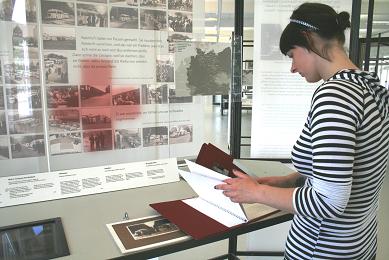
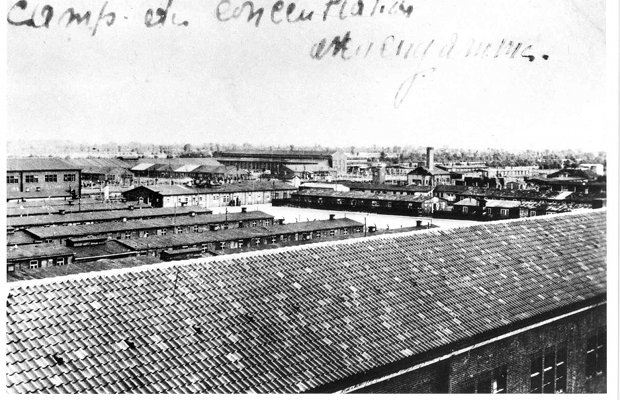
The Camp 1938 until 1945
Neuengamme concentration camp was founded in 1938 as a satellite camp of Sachsenhausen concentration camp and became an independent camp in spring 1940. The prisoners were to produce bricks for the large-scale Nazi buildings in Hamburg. The first prisoners came from Sachsenhausen, the first guards from Buchenwald. In 1940/41 the prisoners' camp was built in barracks, and from 1943 to 1945 it was also extended with solid stone buildings.
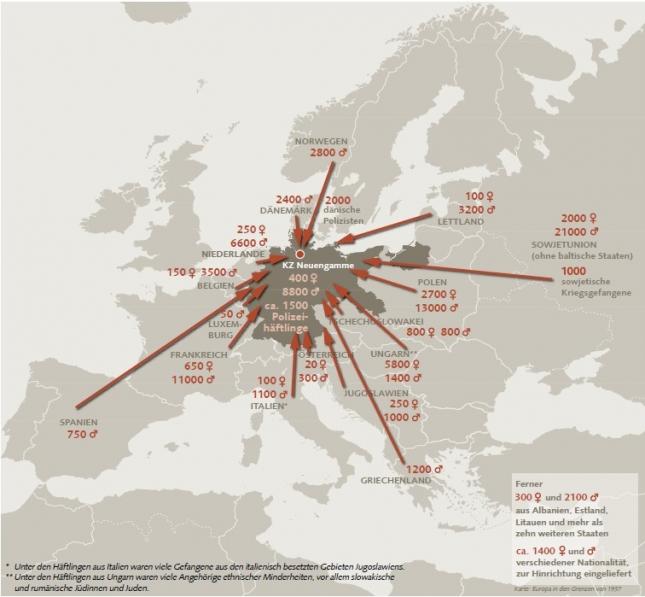
The different Groups of Prisoners – Europe in Neuengamme
Neuengamme concentration camp held fewer groups of German prisoners and mainly people from the occupied countries of Europe. The proportion of foreign prisoners was 90%. From 1942 onwards, forced laborers arrested in Germany were increasingly sent to Neuengamme concentration camp. In the last year of the war, the number of admissions rose to over 50,000. Well over half of them came from Eastern Europe, but French, Dutch, Belgians and Danes also made up large national prisoner groups.
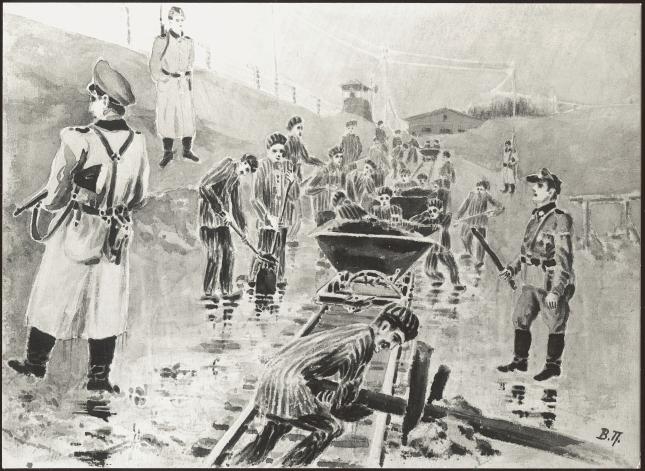
Work and Everyday Life
The SS treated newly arrived prisoners with particular brutality so as to break their spirit and demoralise them immediately after their arrival. Life at the camp was determined by a huge number of rules and regulations which were almost impossible to abide by. Prisoners who were caught in breach of these rules not only received the official forms of punishment at the camp.
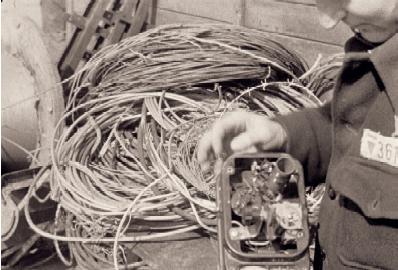
Cultural and Resistance Activities – Maintaining the Will to Survive
In their daily struggle for survival, prisoners clung to friendships and relationships in small groups. Intellectual and religious activities helped them to maintain their will to survive, as did the rare opportunities for cultural activities like drawing, woodcarving, talking about literature and reciting poetry or songs. In 1943/44, music, football, and evenings of entertainment were occasionally permitted, but only higher-ranking prisoners were allowed to attend such events.
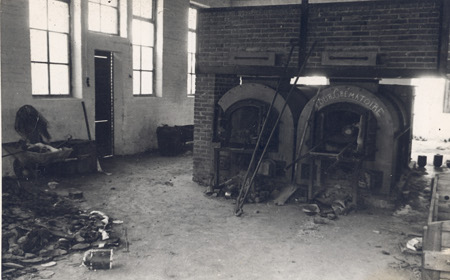
Extermination and Death
At the Neuengamme Concentration Camp, most of the prisoners died of hunger and cold, inadequate housing and hygiene, mistreatment, and overexerting labor. In 1942, the SS introduced public hangings as a punishment in the camp. The police and judiciary also used the concentration camp as a place of execution. The dead were usually burned. Initially, this was done in the municipal crematorium at the Ohlsdorf cemetery. From 1942, Neuengamme concentration camp had its own crematorium.
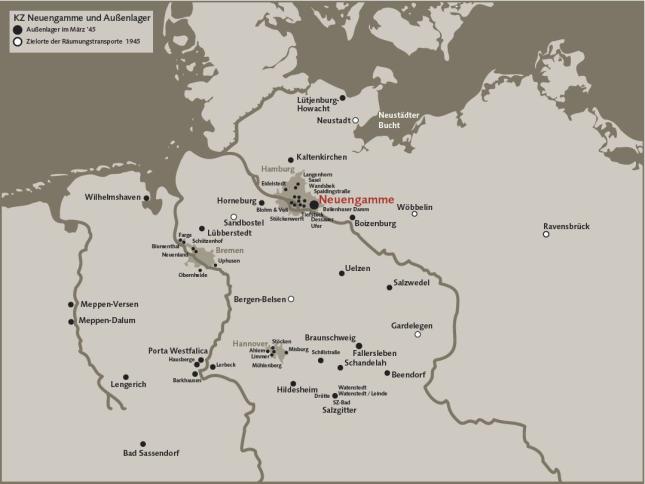
The Satellite Camps
From 1942, the Ministry of Armament and the armaments industry increasingly demanded the use of concentration camp prisoners as laborers. This led to the establishment of a large number of satellite camps in the vicinity of production and construction sites, most of which were set up during the last year of the war. By 1945, Neuengamme concentration camp had 87 satellite camps in northern Germany.
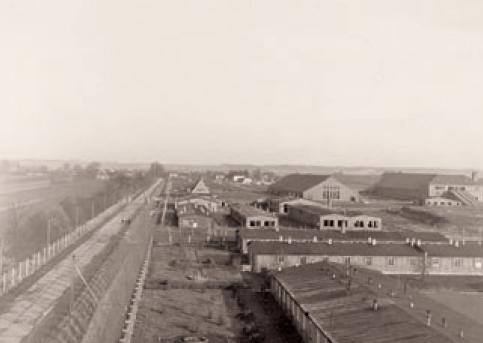
The End
Starting during the summer of 1944, the SS began to clear out concentration camps near the front. The prisoners and production facilities important to the war were moved to the interior of the Reich, where numerous new subcamps were built. When the concentration camps in the interior of the Reich were also evacuated in the spring of 1945, there were hardly any alternative camps left. Nevertheless, the SS tried to keep the prisoners under their control for as long as possible.
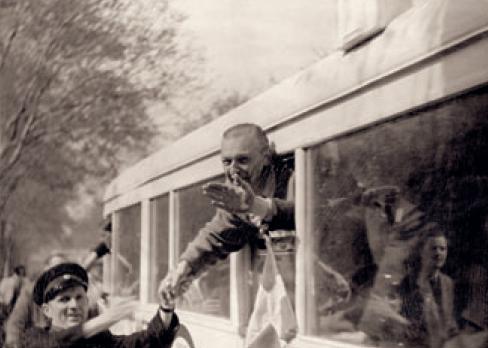
Life after Liberation
Survivors experienced their liberation from the concentration camps in different ways. Many of them were in poor health due to the conditions of their imprisonment and had to be treated in hospitals. Those who had been deported to Germany were classified as “Displaced Persons” and put up in special camps before they could be repatriated. But not all of them wanted to go back. Many survivors wanted to emigrate to the USA or to Palestine, and some even wanted to remain in Germany.
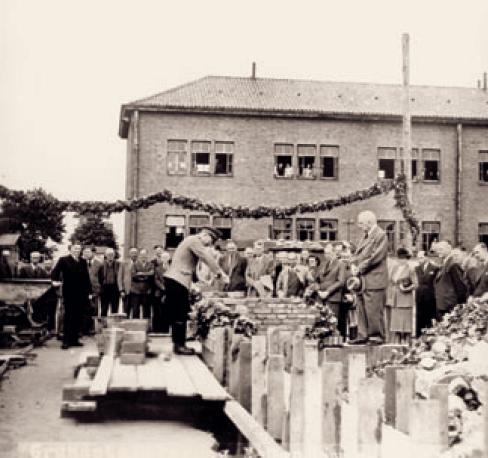
The Subsequent Use of the Grounds
On the evening of May 2, 1945, British soldiers reached the Neuengamme concentration camp. In the same month, former Soviet forced laborers from the Hamburg area were housed and cared for there. At the same time, German prisoners of war were assigned to other parts of the camp. Interned Waffen-SS members and civilians were added. In 1948 the city of Hamburg took over the British internment camp and used the site for penal facilities.
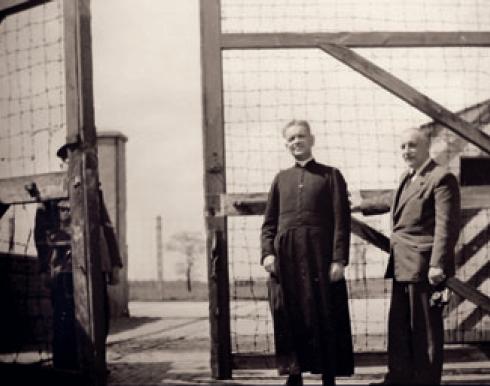
Forms of Commemoration
Commemorating the dead of the concentration camps was a central concern in the first post-war years. Commemoration ceremonies at Ohlsdorf Cemetery were attended by up to 20,000 people. Party-political disputes during the Cold War marked the turning point of this commemorative practice in 1949. The former concentration camp grounds were inaccessible because of prison use. Only under pressure from abroad did the city of Hamburg erect a first memorial column there in 1953.